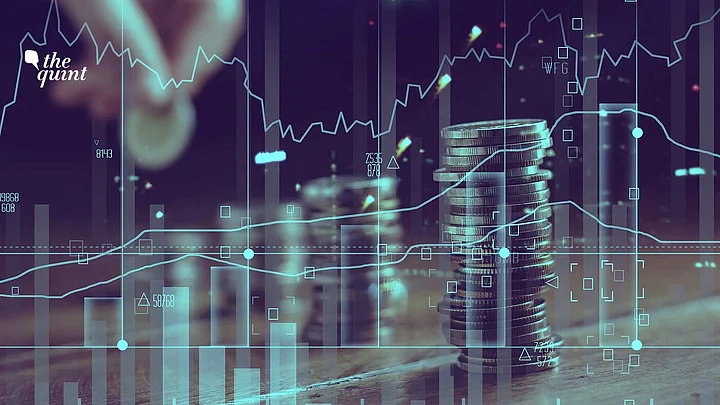This article has been authored by a member of The Quint. Our membership programme allows those who are not full-time journalists or our regular contributors to get published on The Quint under our exclusive 'Member's Opinion' section, along with many other benefits. Our membership is open and available to any reader of The Quint. Become a member today and send us your articles on membership@thequint.com.
To maintain its focus on bolstering the economy, the Reserve Bank of India (RBI) retained the repo rate at 6.5% during its first Monetary Policy Committee (MPC) meeting of the financial year 2024-2025 held in April 2024.
It was decided to maintain the policy repo rate at this level for the seventh consecutive time.
This is mainly because, though retail inflation was well inside the 2-6% margin in the last four months, it continues to hover above the desired 4% mark.
Highlights of the MPC Meeting
The RBI kept the growth-inflation forecasts unaltered, with retail inflation (consumer price index or CPI) forecast to be 4.5% and GDP (gross domestic product) growth of 7% for FY25 with a focus on liquidity management and economic growth.
The bank is likely to continue maintaining liquidity through repo and reverse repo auctions and manage daily liquidity positions in the coming months.
The quarterly estimates were slightly revised, but the full-year estimates remained unchanged – repo rate under LAF (liquidity adjustment facility) unchanged at 6.5%, MSF (marginal standing facility) rate at 6.75%, and SDF (standing deposit facility) rate at 6.25%.
The MPC anticipates that the agricultural sector will be supported by the usual southwest monsoons and can have a positive impact in containing the volatility in the food price inflation. The manufacturing sector is also expected to maintain its momentum on the back of sustained profitability and services activity is likely to grow above the pre-pandemic level in the backdrop of an optimistic business environment.
Further, a rise in private consumption is expected as a result of a continuous rise in rural and urban demand. However, the committee felt that though the economy has shown resilience and headline inflation has declined from its peak in December 2023, rise in food prices still seem to disrupt the continuous process of disinflation.
Movements in international crude oil prices, irregular supply-side shocks resulting from adverse climatic conditions, and geopolitical tensions with neighboring countries are some of the areas that the RBI is keeping a close watch on as these external factors can have an impact on the level of inflation.
Expectations: Is a Rate Cut on the Cards?
“The elephant has now gone out for a walk and appears to be returning to the forest. We would like the elephant to return to the forest and remain there on a durable basis,” said RBI Governor Shaktikanta Das. The RBI governor’s statement on 5 April makes it clear that the inflationary situation is being monitored – and those waiting for the rate cut might as well have to wait a bit longer. The question is why?
First, given that inflation is consistently hitting the 5% mark, a rate cut might happen but only in 2025 provided that the inflation rate comes closer to the 4% mark. Food and beverage inflation was 8.66% in February, 8.52% in March, and continues to move around the 8% plus mark at present given the recent surge in global commodity prices, with the price of industrial metals and Brent crude climbing up to 5.5% and 4.4%, respectively, since the MPC's February meeting.
Second, the rate cuts depend on announcements by global central banks. The possibility of the US Federal Reserve delaying its rate cuts has given the RBI a breather. To maintain the stability of its currency, the RBI often follows Fed policy, much like other central banks in emerging markets.
Third, the RBI’s aggressive policy stance of “withdrawal of accommodation” indicates that there is a very little chance of a rate cut.
Finally, India’s climatic conditions – be it the heatwave or the erratic rainfall – is bound to have an impact on the overall price level, particularly a surge in food price inflation.
Amid the rising oil prices and volatile climatic conditions, the direction of interest rates set by the RBI in the future will mostly depend on inflation patterns. Keeping in mind the 4% target, the goal of the bank should be to strike a fine balance between sustaining both growth and inflation.
In view of how things span out in the coming days, the RBI is following a wait-and-watch policy before the rate cut happens.
(Sovik Mukherjee is an Assistant Professor in Economics, Faculty of Commerce and Management, St. Xavier’s University, Kolkata. This is an opinion piece and the views expressed above are the author’s own. The Quint neither endorses nor is responsible for the same.)
